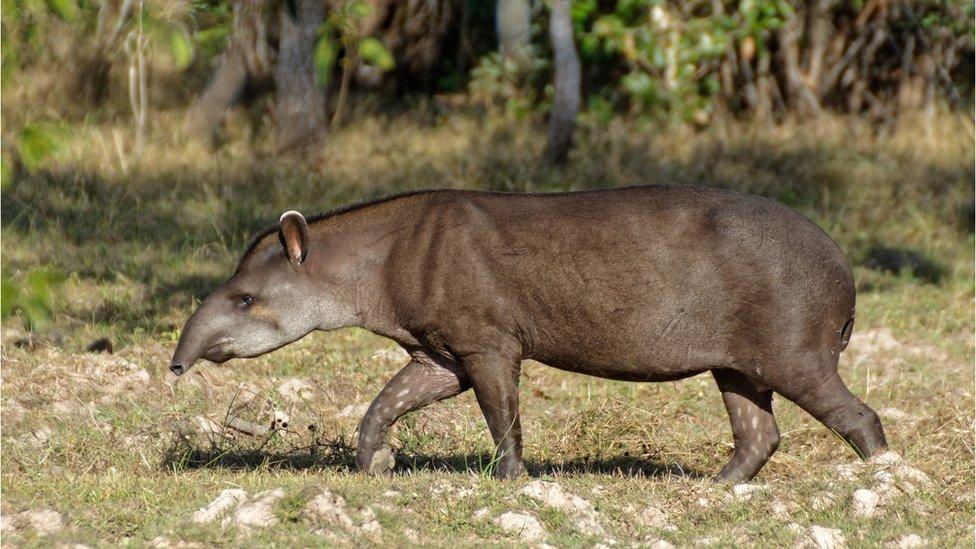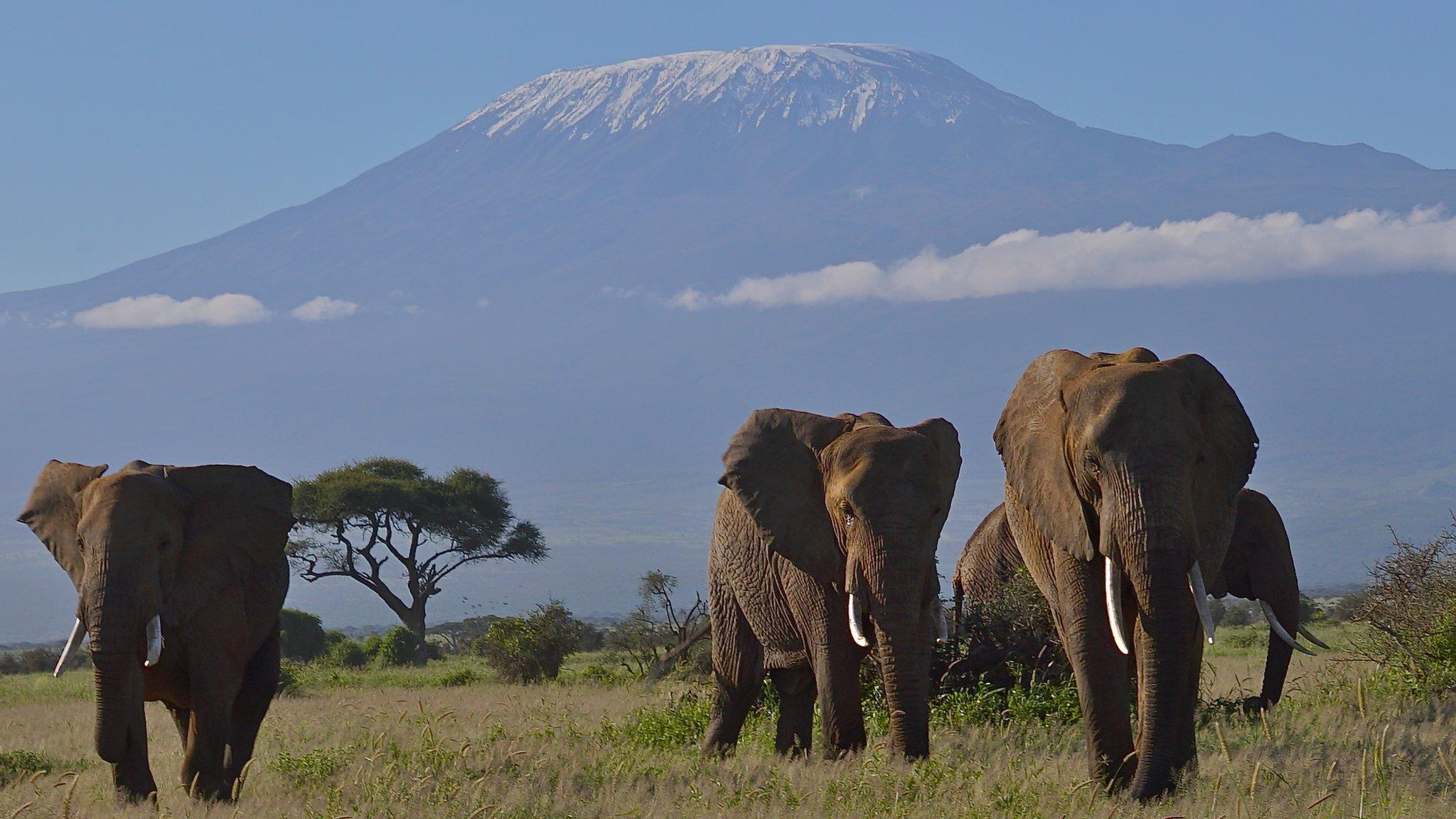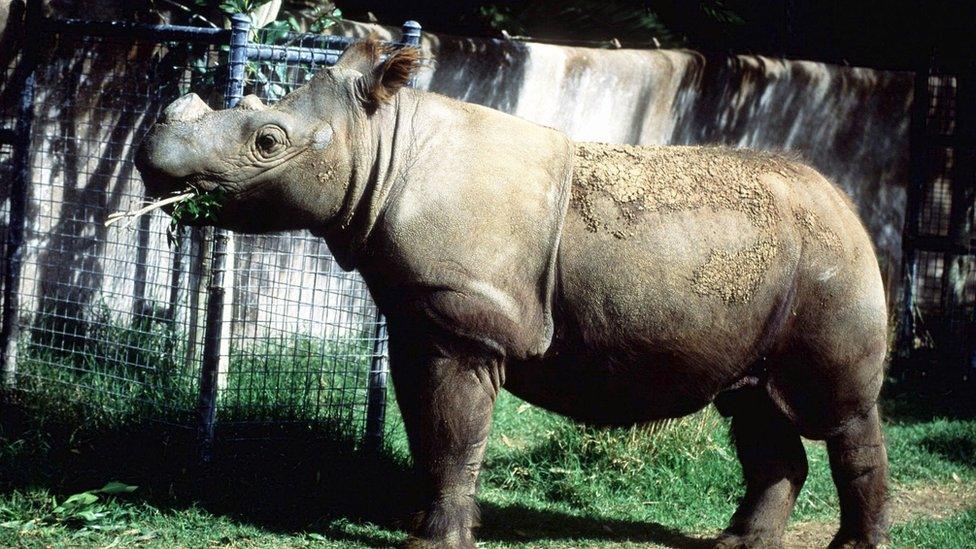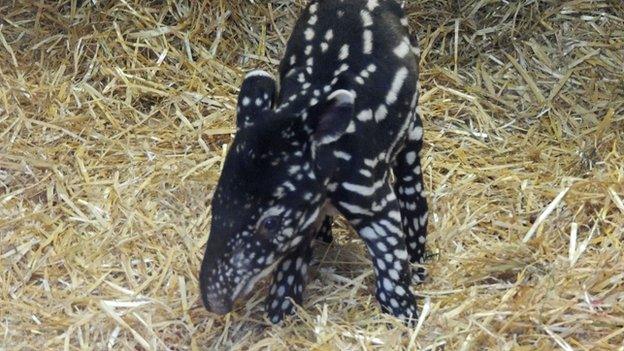Conservation: Urgent efforts needed to save Brazil's tapirs
- Published
- comments

Lowland tapirs are found in the Atlantic Forest in South America, but the animals are now at risk of "almost total disappearance", new research has warned.
Until now the severity of the threat facing the species wasn't widely known.
But research by Dr Kevin Flesher, at the Biodiversity Study Centre in north-eastern Brazil has shown that the animals are in serious decline in Brazil, Argentina and Paraguay.
Now scientists from Brazil have warned that "urgent measures" are needed to save remaining populations of the species.
What difficulties have the tapirs been experiencing?

Aerial view of the Atlantic Forest in Brazil
The Atlantic Forest stretches along the eastern coastline of Brazil, Argentina and Paraguay but the tapirs can only be found in 1.8 per cent of the places where they used to live.
Brazil has the largest number of remaining populations, with just 14 in São Paulo and 10 in Paraná.
The herbivorous species (its diet is vegetation) is known for its very flexible nose and stripy babies.
It lives in water and is a good diver, and on land where it can run pretty fast.
Baby tapir born in Prague
Human activity, like hunting and the building of major road systems nearby, has led to groups of tapirs becoming disconnected from one another.
The tapirs try to overcome this but heavy traffic on main roads through the forest poses a big danger to them.
The researchers say finding ways to allow tapirs to cross highways safely is an "urgent conservation priority".

Roads can be a great risk to the animals
With large numbers of tapirs being killed by traffic, this then reduces the amount of other tapirs left to mate within these small populations.
As tapirs don't have many young in their lifetime it can take a long time for the species to begin to recover.
Watch the baby Tapir with his mother
Unlike other many mammals who give birth to many young at once, normally tapirs have just one baby at a time.
Dr Flesher said that of the 48 tapir populations he had studied, between 30 percent and almost 70 percent of these wouldn't exist in the future unless action was taken.
- Published6 September 2020

- Published2 June 2020

- Published21 November 2019
- Published8 January 2015

